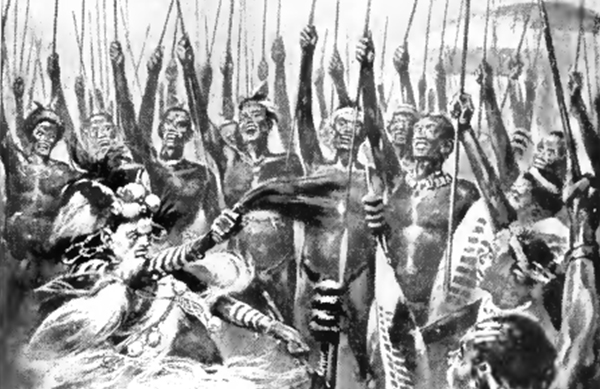<![CDATA[Researchers have found proof of what has been termed as the first race war of the world. These discoveries were made in Northern Sudan on the fringes of the Sahara and the war is believed to have been held almost 13000 years ago. A group of French scientists who have been working in tandem with the British Museum have been examining dozens of skeletons, most of which belong to people who were killed using flint tipped arrows. The bones date back to almost 13000 years ago, making this discovery the oldest large scale human conflict in the world. According to reports, a number of remains and skeletons of similar nature were also discovered by Fred Wendorf, an American archaeologist, in the year 1964. However, the lack of proper techniques made examining these skeletons impossible until now. A few of the skeletons that have been excavated have been put on display as a part of the Early Egypt gallery in the British Museum. Officials have stated that the bones were found in Jebel Sahaba, on the eastern bank of the River Nile. Scientists from the British Museum are planning to learn more about these victims – right from their age at death to their gender to the diseases they suffered from. The unique nature of the discoveries also suggests that most of the victims were killed by archers and buried by their own people. The nature of the skeletons and the excavations have also demonstrated that the attacks took place over a long period of time. Research is also being conducted to shed more light on who these victims were. Experts from the University of Alaska, the Liverpool John Moores University and the New Orleans’ Tulane University believe that these people were the ancestors of modern day Black Africans. It might still be possible to determine the victims, but determining the identity of the killers becomes almost impossible due to the lack of any historical evidence that points in their direction. It is believed that both groups belong to the Homo sapiens species, but both groups were more than likely to look extremely different from each other; physically, culturally and linguistically. People living around the Sahara had long limps, longer jaws, broad noses and short torsos. On the other hand, people from North Africa and Europe had shorter limbs, long torsos and flatter faces. The fact that the remains have been found 200 miles to the south of the Jebel Sahaba also indicates that the victims were slaughtered in an area where both groups of people operated. It is also believed that the period in which these people died also saw a massive competition for resources. These killings believe to have been taken place during a climatic downturn, a time when there was a major scarcity of water, vegetation had wilted and animals began to disappear at an incredible rate. According to Dr. Daniel Antoine, curator of the British Museum’s Ancient Egypt Department, the skeletons are of great historical importance not only due to the fact that they offer proof of the first race war, but also because the Jebel Sahaba cemetery is believed to be the oldest cemetery to have been discovered in the Nile Valley till date.]]>
Proof of the First Race War Uncovered in Northern Sudan?
